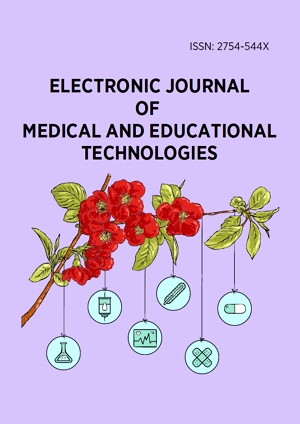Abstract
Objectives: The aim of this study is to examine the total antioxidant status, total oxidant status, and oxidative stress index (OSI) in the saliva of patients who recovered from COVID-19 disease with the treatments applied in our country.
Methods: In the study, stimulated and unstimulated saliva samples were collected from 60 patients diagnosed with COVID-19. The patients were divided into two groups as group 1 (n=26) diagnosed with COVID-19 1-3 months ago and group 2 (n=34) diagnosed with COVID-19 4-6 months ago. Total antioxidant status, total oxidant status, and OSI were examined in stimulated and unstimulated saliva samples.
Results: No significant difference was found between the two groups in stimulated saliva samples (p>0.05). Total oxidant status and OSI, in unstimulated saliva samples were significantly higher in group 1 than group 2 (p<0.05), and total antioxidant status was found to be significantly lower in group 1 compared to group 2 (p<0.05).
Conclusion: Although the possible effects are emphasized in patients with new type of corona virus infection, there are not enough studies on oxidative stress. The long-term effects of oxidative stress, which may be caused by the coronavirus, on many organs and systems should be investigated. It is possible for oxidative stress to appear with deterioration in many physiological functions, so attention should be drawn to the relationship between coronavirus and oxidative stress with the data presented in this study.
License
This is an open access article distributed under the Creative Commons Attribution License which permits unrestricted use, distribution, and reproduction in any medium, provided the original work is properly cited.
Article Type: Original Article
ELECTR J MED ED TE, Volume 15, Issue 3, September 2022, Article No: em2207
https://doi.org/10.29333/ejmets/12358
Publication date: 15 Aug 2022
Article Views: 1929
Article Downloads: 757
Open Access References How to cite this article
 Full Text (PDF)
Full Text (PDF)